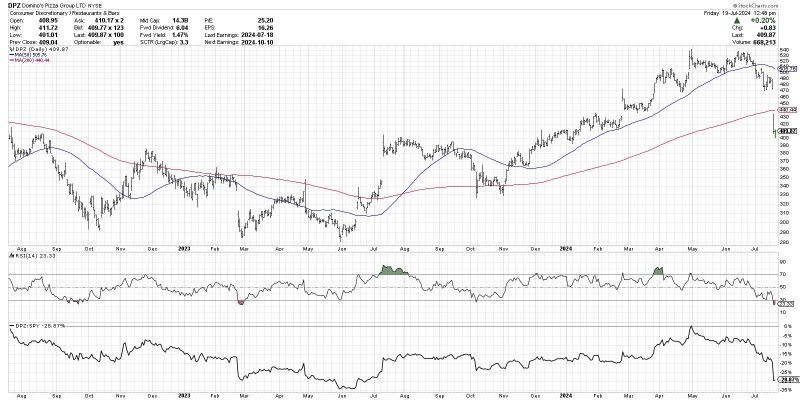In the world of trading and investing, identifying market tops is crucial for making informed decisions and managing risks effectively. Market tops refer to the peak or highest point of a market cycle before a potential downturn. Recognizing key indicators of a market top can help investors navigate volatile market conditions and protect their portfolios. In this article, we will delve into the various signs that signal a market top may be near.
1. Excessive Optimism and Euphoria:
One of the primary characteristics of a market top is excessive optimism among market participants. During this phase, investors may exhibit euphoria and have an unwavering belief in the continuous upward trajectory of the market. This sentiment often leads to overvaluation of stocks and assets, creating a vulnerable environment where a market correction becomes increasingly likely.
2. Overbought Conditions:
When a market is overbought, it means that the demand for securities has driven prices to artificially high levels. This scenario can be identified through technical indicators such as the Relative Strength Index (RSI) or Moving Average Convergence Divergence (MACD). Overbought conditions suggest that buyers may have exhausted their purchasing power, setting the stage for a potential reversal.
3. Declining Market Breadth:
Market breadth refers to the number of stocks participating in a market rally. A narrowing of market breadth, where only a select few stocks are driving the market higher while the majority lag behind, is a warning sign of a market top. This divergence indicates that the overall market strength is weakening, and a correction could be on the horizon.
4. Divergence with Economic Indicators:
A significant disparity between market performance and underlying economic fundamentals can serve as a red flag for a potential market top. If the economy is showing signs of slowing down or facing challenges while the market continues to surge, it may not be sustainable in the long term. Investors should pay close attention to economic indicators such as GDP growth, employment data, and consumer spending to gauge the overall health of the economy.
5. Insider Selling:
Monitoring insider activity within companies can offer valuable insights into market sentiment. If company insiders, such as executives and directors, are selling their shares in large quantities, it may indicate that they believe the stock is overvalued and that a market top is near. Insider selling can be a leading indicator of a broader market correction.
6. Media Hype and Speculative Behavior:
When mainstream media outlets are saturated with stories of market gains and investment success stories, it can signal an overheated market environment. Additionally, the prevalence of speculative behavior, such as trading in high-risk assets or engaging in margin trading, can amplify market volatility and contribute to a potential market top.
In conclusion, identifying a market top requires a combination of technical analysis, market sentiment indicators, and a deep understanding of economic factors. By staying vigilant and recognizing the warning signs discussed above, investors can position themselves to weather market downturns and make informed decisions to protect their investments. Remember, timing the market perfectly is nearly impossible, but being prepared for potential market tops can help investors navigate turbulent market conditions successfully.

